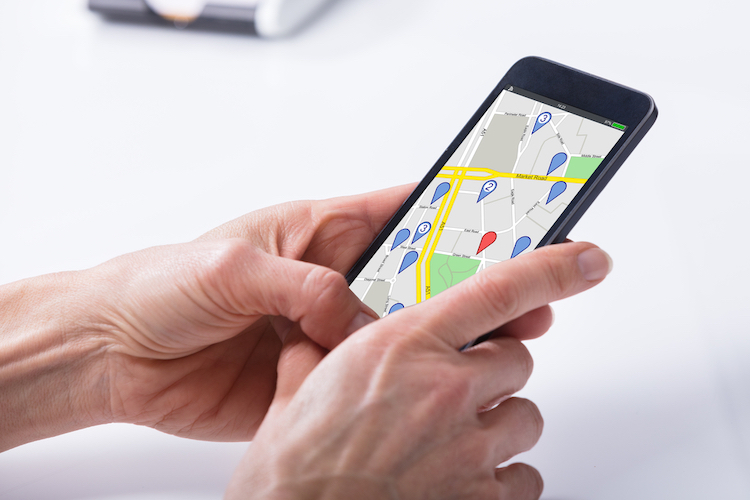Technologies for senior care have made rapid advancements, and now more than ever, active seniors have a range of products at their disposal. From wearable medical alert systems to sophisticated GPS trackers and remote sensors, these devices offer seniors more options to enhance their quality of life. As a care manager, I help seniors find and use technologies that help them live as independently as possible.
For example, my 82-year old client, Bob, had recently been diagnosed with Alzheimer’s disease. He was in the early stages of the disease and still able to drive, but his wife, Linda, and I knew that the time would come when it would not be safe. To ensure that Bob wouldn’t get lost, he wore a tracker with a GPS function and a fall detection/emergency alarm. There a number of these kinds of trackers with various features, and I help families select a product best suited to their needs.
Linda and Bob also decided to install motion sensors and cameras in their house, so that during periods of time when Bob was home alone, Linda could monitor him for any emergencies via an app for her phone and iPad. Linda could speak to Bob directly through the app. Motion sensors would send an alert if Bob fell or if he wandered out of the house.
Smartphone monitoring apps have also been helpful for family caregivers who can’t always be there to take care of their loved ones. Devices can track medication, and alert families as to their loved ones’ activities or inactivity. Some multi-purpose systems offer medical monitoring functions, such as glucose, oxygen, and blood pressure, as well as allow the senior to watch videos, listen to music, read e-books and the news, and have video chats. Given the isolation forced upon many seniors due to the pandemic, these technologies can help keep them connected to their loved ones.
While technology cannot reduce all risks, it can prevent or delay nursing home placement. Are you a family member concerned with keeping an older adult safe at home? I can do a comprehensive assessment of the individual’s situation, make recommendations for the services and possible technologies needed, and monitor how things go.

